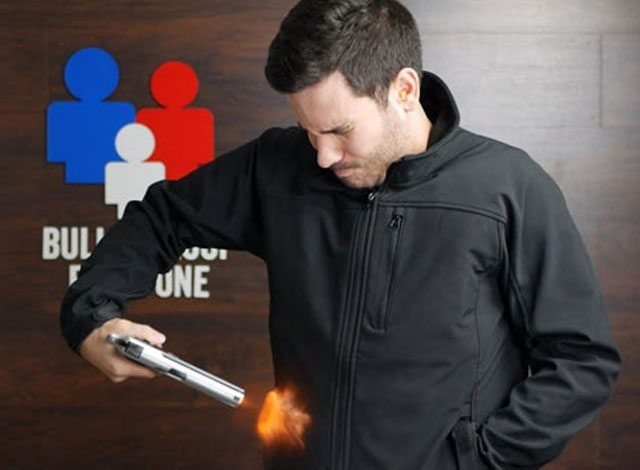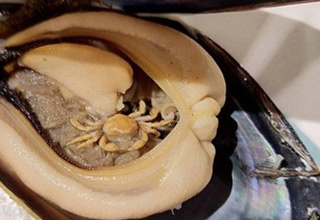Scientists Invent "Unbreakable" Glass

The days of superheroes throwing a villain’s henchmen through glass windows may be coming to an end: a team of scientists from the University of Tokyo’s Institute of Industrial Science has produced a new hybrid glass type which is as strong as steel and near-unbreakable. Their findings have been published in the journal Scientific Reports.
The new glass’s “strength” is described by its ability to be non-permanently deformed by external stress, caused by something like a brick being thrown at it. This measure – which material scientists call the elastic modulus – for this new glass type is found to be comparable to that of steel. The glass has also been made to be incredibly “hard,” another measure of strength; essentially, it is rather difficult to scratch this new material.
This is no coincidence: the glass contains aluminum oxide compounds, which are renowned for their toughness. The Al2O3 version of the aluminum oxide group is actually the mineral corundum, a compound that is second only to diamonds on the Moh’s scale of hardness.
Specific aluminum oxides are referred to as “alumina” mixtures, and although their remarkable properties have been known for some time now, the chemistry required to add them to glass has always proved difficult to put into practice. Whenever material scientists have previously tried to mix alumina with glass, they’ve always used a container; unfortunately, the liquid mixture begins to crystallize out on the corners and edges of the container before it’s had a chance to mingle properly with the glass.
Liquids can only turn into solids if they have something to crystallize around – something called a nucleation point. Water can only turn into ice if there is a bubble or a solid particle to freeze around. To solve the alumina problem, the Japanese scientists levitated the mixture of glass and alumina into the air using oxygen gas, allowing it to successfully mingle in an absence of nucleation points.
By melting the two substances together using carbon dioxide lasers, the new 50% alumina glass was forged. This technique is known as aerodynamic levitation, and has been shown to produce perfectly transparent, thin, light, optically excellent glass.
“We are looking to commercialize the technique within five years,” University of Tokyo assistant professor Atsunobu Masuno, a coauthor of the paper, told Asahi Shimbun.
This is nothing short of a huge sigh of relief for smartphone users, whose inadvertentcracking of their touchscreens occurs all too frequently. Quite bizarrely, this new material would mean that dropping a wine glass onto the floor would actually leave a crack in marble tiles, and not leave you with hazardous shards of glass scattered across your kitchen. Glass skyscrapers could be made to be more resistant to natural disasters.





0 Comments